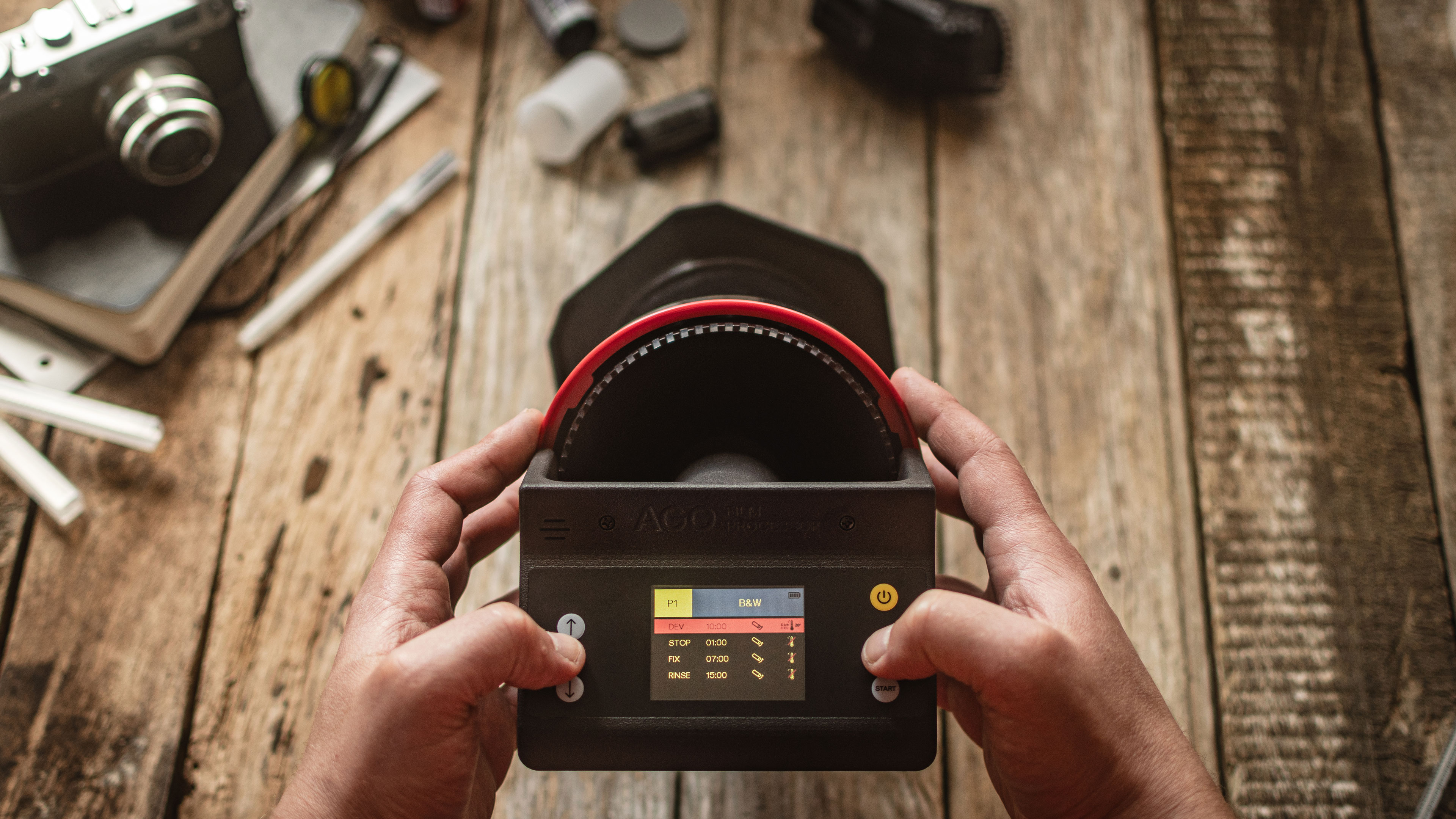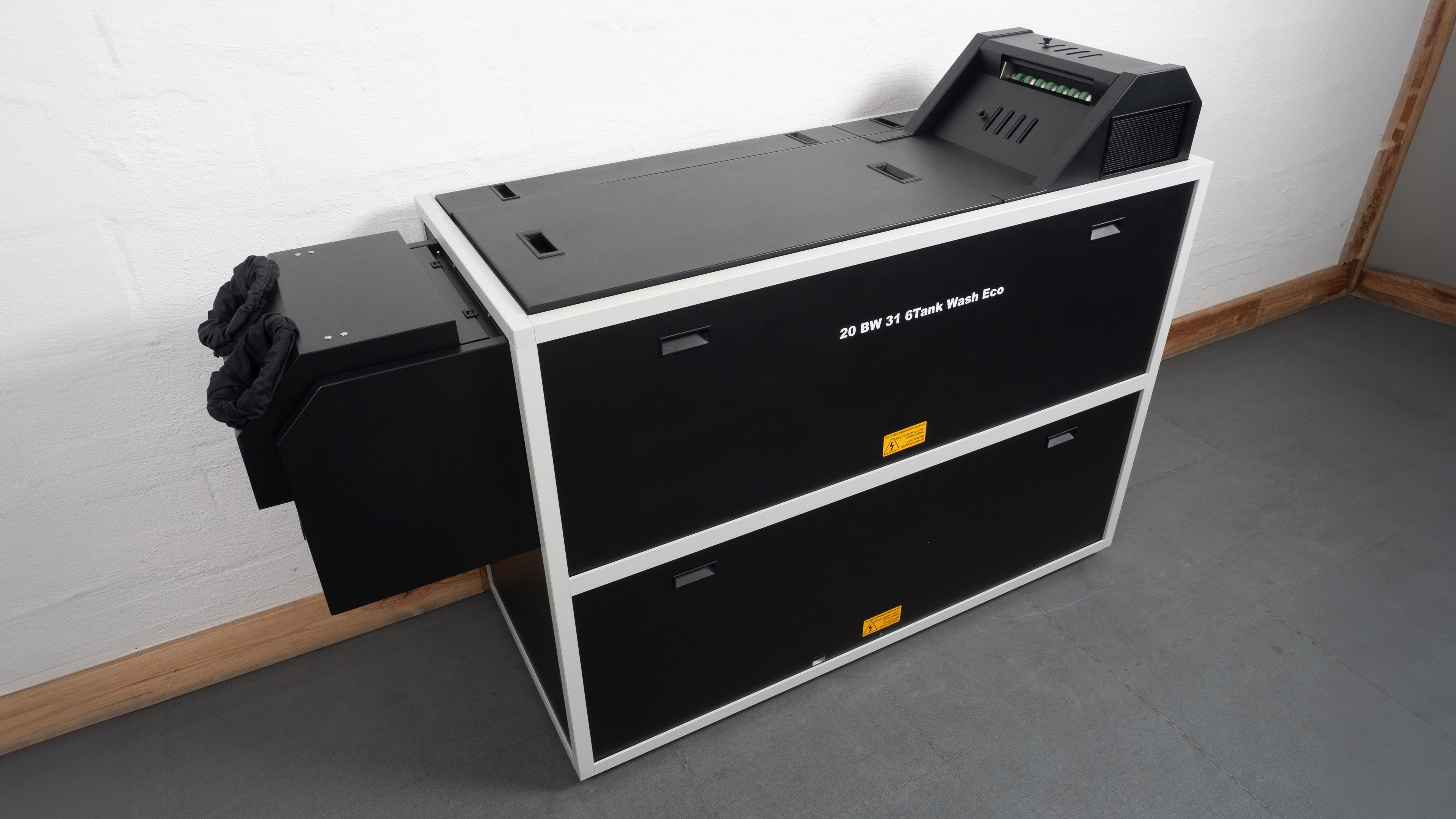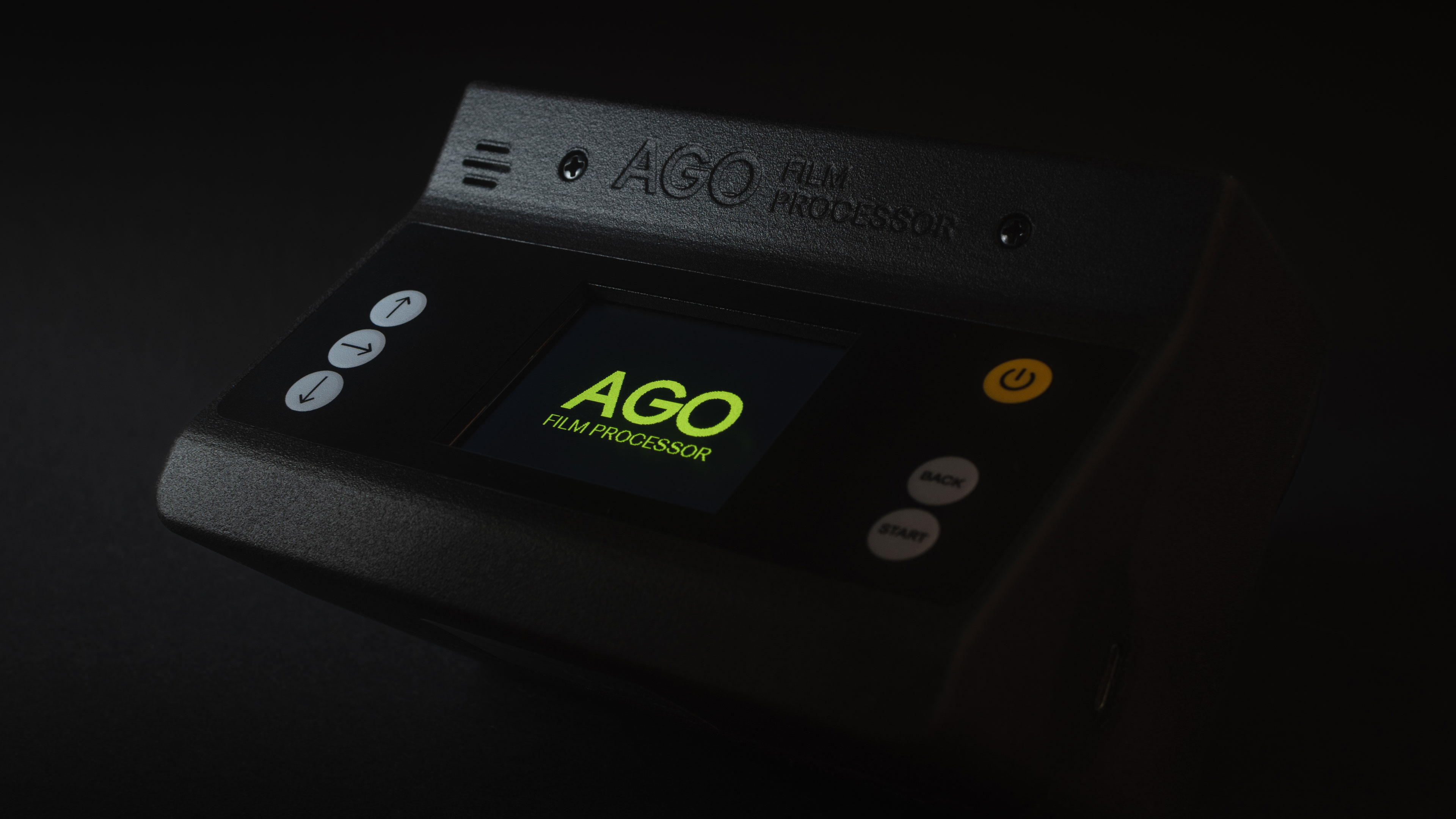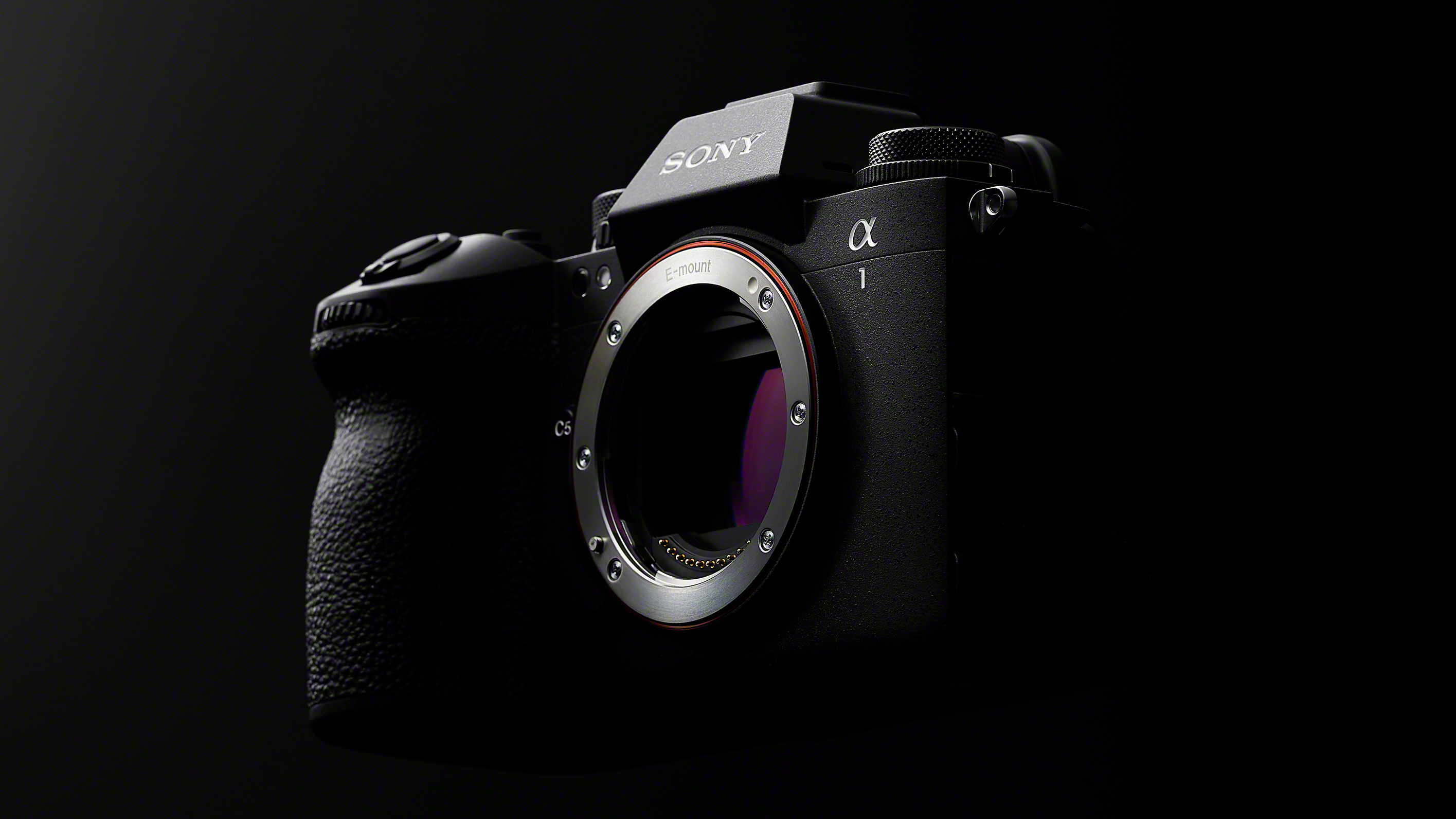Long live film! Analog specialist Capix reveals new film development products
Film fans can drop by the Capix stand at The Photography & Video Show to see its new analog darkroom gear in action

Analog film has a character and a charm that many see as an antidote to the clinical precision of digital imaging, but while film is making a comeback, you’ve still got to get it developed! Capix, the UK partner of Austrian company Colenta Labortechnik, a key maker of film and paper processing equipment, might have just the thing.
Many of the best film cameras have now achieved cult status, and companies like Lomography are now developing (sorry) new films to meet this demand together with new 'old' retro cameras. Some of the best films are still in production, along with new and modern alternatives. Of course, they all need developing.
Capix actually has two new products to meet this need, one aimed at commercial film developers and one aimed very much at home enthusiasts. Both are designed to allay fears about finding and maintaining processing equipment.

The Colenta BW 7 Tank Film Processor is a commercial lab-sized processor designed specifically in response to the surge in black and white film products and the variety now available on the market. It uses specialist Ilford RT BW chemistry to offer adaptable, programmable processing to cope with a range of film types and ISO settings. Colenta says this adaptability marks a “step change” in black and white processing.
You can see the Colenta BW 7 in action at The Photography & Video Show 2024, where the Capix stand (D400) will have an analog area where visitors can try out an analog camera and have their film developed – the film and chemistry will be supplied by Ilford.

AGO – for processing film at home
The Colenta BW 7 might be out of the league of home enthusiasts, but the AGO semi-automatic film processor, also on the Capix stand at The Photography & Video Show, is purpose made for people who want to develop their own films at home and with a bit more precision over timing and agitation – two key elements – than the usual kitchen sink approach.
It uses regular Paterson System 4 developing tanks but incorporates development programs for multiple film types. As well as efficient and consistent agitation, which also optimizes chemical use, it can check the development temperature to adapt the timings for each phase.
Get the Digital Camera World Newsletter
The best camera deals, reviews, product advice, and unmissable photography news, direct to your inbox!
The AGO will come with the processor itself, a 2-reel Paterson Super System 4 developing tank, 2 reels and USB-C charging cable for up to 5 hours of run time. Depending on the tank and chemical volume, it can develop anything from 35mm film up to 5 x 4” sheet film.
The idea is to introduce a new generation of film photographers to the fun of film development, but via a more intelligent and consistent system than old-school thermometers and timers.
The AGO is the result of a crowd-funding campaign by Vintage Visual and will be distributed by Capix from spring/summer 2024 at a price of £400 (about $509 / AU$774) – but the first production units will be available to buy on the Capix stand at a “special show price”.
There will be a lot more for fans of film photography to see and try out on the Capix stand, so if you can get along to The Photography & Video Show 2024, which takes place next week March 16-19 at the UK's National Exhibition Centre, make sure you drop by.

Rod is an independent photography journalist and editor, and a long-standing Digital Camera World contributor, having previously worked as DCW's Group Reviews editor. Before that he has been technique editor on N-Photo, Head of Testing for the photography division and Camera Channel editor on TechRadar, as well as contributing to many other publications. He has been writing about photography technique, photo editing and digital cameras since they first appeared, and before that began his career writing about film photography. He has used and reviewed practically every interchangeable lens camera launched in the past 20 years, from entry-level DSLRs to medium format cameras, together with lenses, tripods, gimbals, light meters, camera bags and more. Rod has his own camera gear blog at fotovolo.com but also writes about photo-editing applications and techniques at lifeafterphotoshop.com
